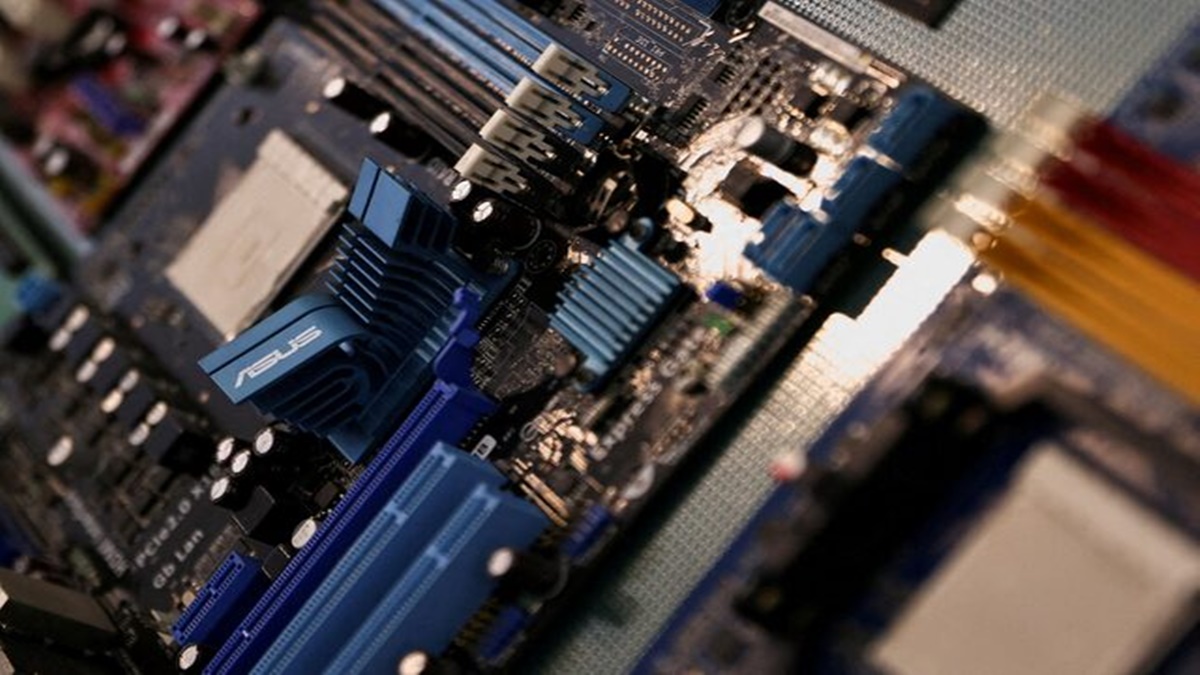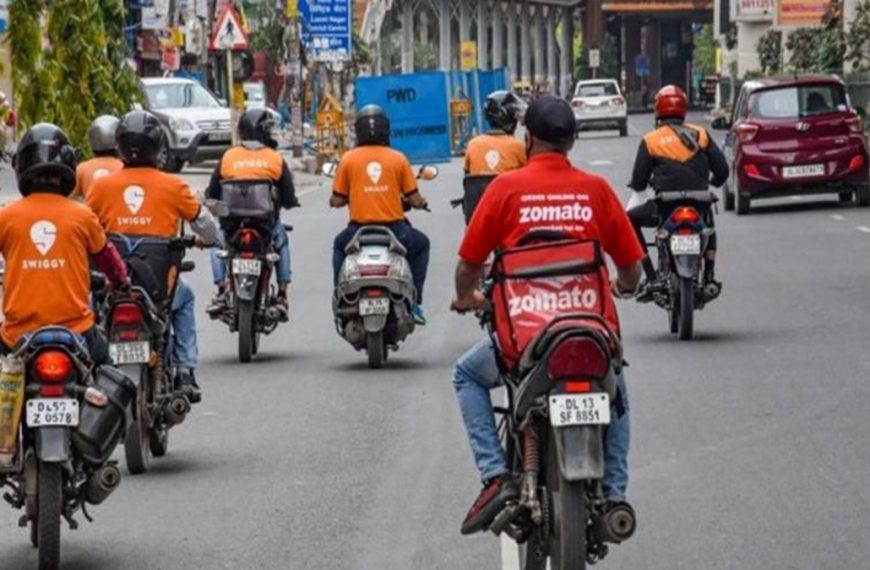As of April 9, the United States has implemented a 27% reciprocal tariff rate, putting India in a competitive spot against manufacturing giants like Vietnam (46%), Thailand (36%), and China (54%—comprising a 34% reciprocal tariff plus an additional 20%). Despite this advantageous position, India must remain vigilant against challenges posed by countries such as Turkey, Brazil, and the Philippines, which have lower tariffs of 10%, 10%, and 17%, respectively.
The Importance of a Bilateral Trade Agreement
Analysts emphasize that India’s future success in trade with the US largely depends on establishing a solid bilateral trade agreement (BTA). As other nations begin to negotiate similar deals, securing a BTA is crucial for India.
- Key Points:
- India’s electronics and smartphone sectors already show promise.
- High tariffs imposed on competitors weaken their market positions.
- The Production-Linked Incentive (PLI) scheme enhances India’s attractiveness as a manufacturing hub.
According to the India Cellular and Electronics Association (ICEA), India has performed well amid initial tariff adjustments, gaining ground against significant competitors including China, Vietnam, Thailand, and Indonesia. This success is attributed to the persistent efforts of Indian negotiators.
Insights from Industry Leaders
Pankaj Mohindroo, chairman of ICEA, commented, “The pivotal moment for India’s electronics trade with the US will hinge on finalizing a bilateral trade agreement.” He stressed the necessity of a BTA as a fundamental component of India’s trade strategy. This agreement would provide stable market access, ensure tariff predictability, and create a framework for boosting high-value electronics exports.
He continued, “As we remain alert to potential retaliatory actions from other economies, our primary focus should be on transforming this strategic opportunity into lasting export growth and improved supply chain integration.”
Competitive Landscape for Smartphone Exports
The Manufacturers’ Association for Information Technology (MAIT) highlights that India’s $7 billion in smartphone exports to the US may experience some challenges due to shifting trade policies. However, the comparative tariffs against competitors like China (54%) and Vietnam (36%) provide India with a significant advantage. This disparity makes Indian exports increasingly appealing, despite potential pressures from US trade barriers.
Dixon Technologies’ managing director, Atul Lall, expressed optimism regarding India’s standing. “Initially, I doubted how countries like Vietnam and Thailand would fare, but it’s clear that we are in a stronger position,” he remarked.
Navigating Tariff Impacts
Ashok Chandak, president of the India Electronics and Semiconductor Association (IESA), noted that while tariffs might influence India’s export growth, the country can still compete effectively due to the higher tariffs facing its rivals. He added, “India’s minimal electronics imports from the US allow for tariff adjustments without disrupting trade balance.”
Analysts, such as Tarun Pathak from Counterpoint, offer a mixed perspective. While India stands to benefit from lower tariffs, complexities in global supply chains and Asia’s prevailing dominance in smartphone production may hinder significant shifts in manufacturing to the US. “American consumers may face increased costs,” Pathak explained, suggesting this could provide India with a chance to scale up production.
Opportunities in the Semiconductor Sector
In the realm of semiconductors, India’s prospects are more intricate. Although Taiwan, with a 32% tariff, leads in high-end chip production, India has opportunities in lower-end manufacturing, packaging, and testing. The absence of US tariffs on semiconductors worldwide creates a level playing field, but India’s lower overall tariff burden (27% compared to Taiwan’s 32%) gives it a slight advantage.
Competing Nations Pose Challenges
Nonetheless, competitors like Turkey, Brazil, and the Philippines complicate India’s trade landscape. Countries with significantly lower tariffs are also vying for a share of the global manufacturing market. For instance, Brazil’s 10% tariff may attract companies like Apple, which is expanding its iPhone assembly in the region. Analysts suggest that Apple, a key player in India’s $10 billion electronics exports to the US, could face margin pressures or price increases for its upcoming iPhone 17 series due to India’s tariffs, potentially leading to a shift in production to Brazil.
The ICEA has urged the Indian government to extend zero-duty benefits for smartphones and other electronics, forecasting an 800% export increase to $80 billion by 2030. Without these concessions, India’s 16.5% customs duty on US imports could undermine its cost advantages if reciprocal tariffs rise.
In summary, while India finds itself in a favorable position amid recent tariff changes, the path forward hinges on strategic agreements and navigating a complex global landscape.











